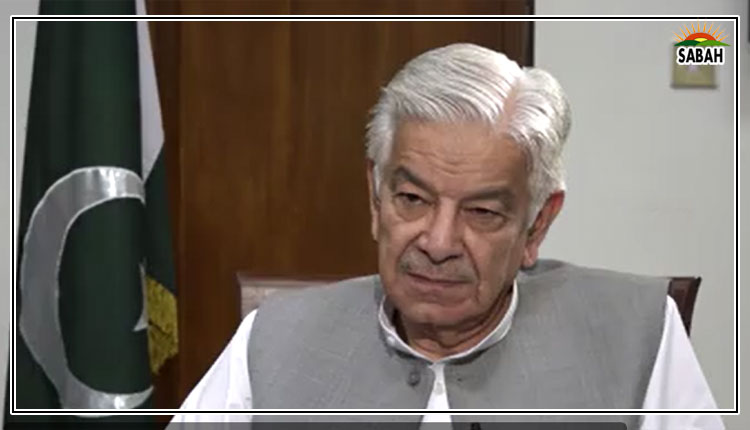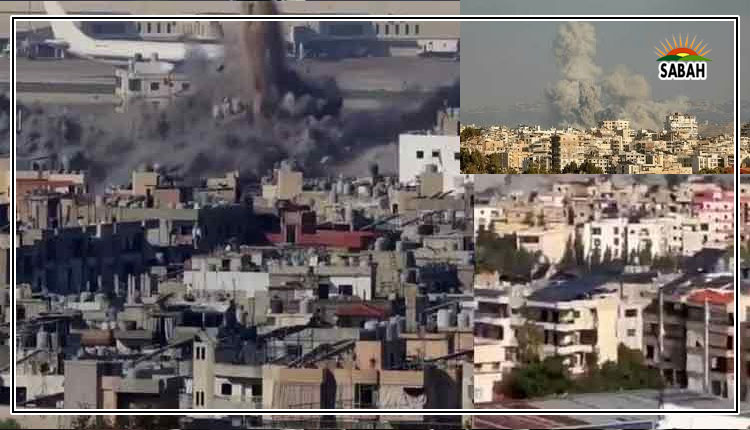Subsidy gone wrong ۔۔۔ Dr Sania Nishtar
The interim governments of Punjab and Khyber Pakhtunkhwa have recently launched a free atta (flour) initiative. Rs53 billion worth of free atta is meant to be provided through distribution points across Punjab, and Rs19.8 billion worth across KP. This initiative, which aims to give families some relief from unprecedented food inflation during Ramazan is seriously flawed in its design.
Not only has the programme been hastily put together, with design details that remain hazy even to government officials, it also raises serious concerns regarding the legality of caretaker governments approving billions of rupees of new expenditure, while stalling programmes that are already running with a legislative cover the Ehsaas Rashan Riayat programme being a case in point.
Indeed, a well-designed targeted subsidy mechanism is exactly the need of the hour, given the countrys history of mistargeted subsidies that are subject to elite capture, and mounting pressure from the IMF to rectify this. This is precisely why it is so surprising that instead of leveraging the infrastructure and technical expertise of the Ehsaas Rashan Riayat Programme, an existing, tried and tested targeted subsidy programme, the government chose to implement an entirely new, parallel programme, without due diligence and evidence-based design.
The Ehsaas Rashan Riayat Programme was first launched by the federal government in January 2022. It was a first-of-its-kind, end-to-end digitized programme that aimed to create a digital infrastructure through which subsidies could be targeted towards millions of deserving households through a network of 15,000+ mobile Point of Sale enabled Kiryana stores, Utility Stores Corporations (USC) stores and CSD outlets. In this, 3700 USC stores were digitized, and equipped with the infrastructure to provide targeted subsidies, with the eventual goal of phasing out all of their previously fiscally inefficient untargeted subsidies.
When this programme was abruptly defunded by the PDM government in June 2022, the system was rapidly re-deployed and adapted as a provincial programme in Punjab, with Rs100 billion being allocated to help up to eight million low-income families avail ghee/oil, flour, and pulses at a discount at Ehsaas-enabled stores. Within its first quarter, the program reached 0.75 million+ households, with another 5.0 million+ in cold storage, desperately awaiting release of funding, which has been withheld by the interim government.
A successful targeted subsidy mechanism has three key pillars: To be citizen-friendly, transparent, and efficient. The Ramazan atta subsidy fails on all three counts.
District administrations have set up fixed government-run camps and trucking points to distribute a majority of the atta during Ramazan. These distribution points have been over-run by crowds, who must wait for hours in the hope that they will be able to get their turn, only to repeat this exercise every ten days, since each familys entitlement of 30kg atta is to be broken into 10kg bags.
There has been alarming news of people being treated like cattle, fainting, and even dying during the mayhem at distribution points. Dozens of videos have appeared, showing the chaos occurring, with bags of flour being thrown into the sea of people, police baton-charging at people who are desperately trying to claw their way onto atta trucks and people being taken away in ambulances after collapsing in the mob.
In contrast, the ERRP was designed to prioritize customers dignity and to provide choice, with them being able to visit kiryanas in their neighbourhoods throughout the month, and to get any quantity of commodity they needed. With its open ecosystem, where any private merchant meeting rigorous program criteria could join, the ERRP ensured that beneficiaries had a well distributed network of stores to match demand. Each of these stores was geotagged, with location details available on a public dashboard.
In terms of transparency, the government keeps stressing that the programme will be closely monitored to prevent irregularities. However, given the lack of controls built into the programme design, there appears potential for widespread leakage and corruption. In comparison, the ERRP used two-factor authentication to ensure the beneficiarys physical presence at the time of subsidy being disbursed. After the transaction, a digital receipt was sent to the beneficiary via SMS, further reducing chances of merchant malpractice. The Ramazan programme only requires a CNIC scan, with no proof that the atta has been given to a programme beneficiary.
With billions of rupees of subsidies at stake, perverse incentives are magnified. It took months of fine-tuning fraud prevention rules in ERRP to be able to build an effective predictive fraud prevention mechanism that automatically limited the number of transactions per merchant, placed time-limits between transactions and helped flag suspicious merchants through data analytics. With the mechanism for the Ramazan programme having been developed and deployed within days, security has been sacrificed in favour of speed.
In addition, efficiency also appears to have been sacrificed in setting up the Ramazan atta programme. Province-wide distribution points will require hundreds of million rupees of overhead costs on logistics, and thousands district government staff to implement. Moreover, all this expenditure is only being done for a four-week Ramazan programme. The government seems to have ignored the fact that inflation will continue to plague us after Eid and will require a longer-term solution.
In contrast, had the government considered directing the same funding to the ERRP, the programme could have been scaled province-wide almost instantly, with no significant additional cost. The Punjab Social Protection Authority had a well-oiled machine running the programme successfully with just a handful of staff and a strong network of implementing partners that have months of experience in running this programme.
With further news of a forthcoming targeted fuel subsidy for the poor, I fear that the federal government will make the same mistake as provincial governments, in starting from scratch to design a brand-new programme within weeks. It would be unwise to disregard the immense potential to use the Ehsaas subsidy platform and to expand this to the nationwide network of fuel stations. The system could seamlessly integrate with the points of sale at pumps with only minor technical development required, to provide subsidized fuel to eligible beneficiaries only.
It is unfortunate that politics continue to come in the way of service delivery. If every incumbent government erases all traces of its predecessor, and tries to reinvent the wheel, we as a nation will always remain on square one.
The writer is a senator and former special assistant to the prime minister for poverty alleviation and social safety. She tweets @SaniaNishtar
Courtesy The News












